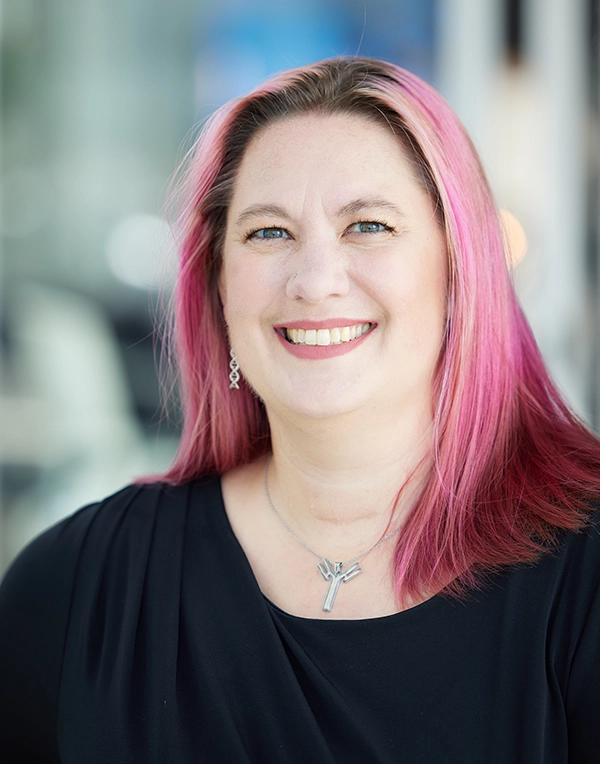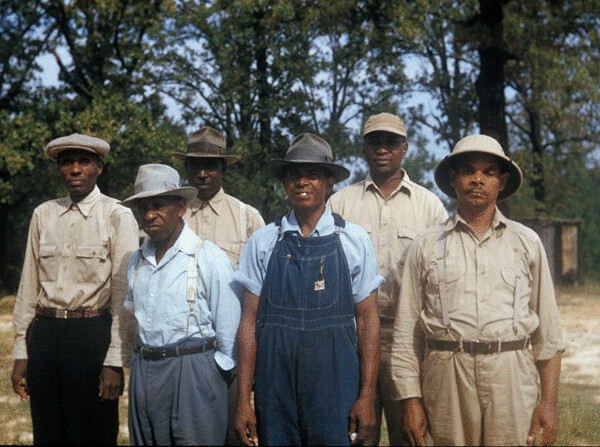Tag
health-care disparities
-
The Tuskegee Syphilis Study revelation’s legacy 50 years later
It’s been 50 years ago last month since the nation learned about one of the most shameful and consequential chapters…

-
•
Two counties illustrate health care disparities
Anna Tong and Phillip Reese of The Sacramento Bee write about health care disparities. They use two local counties to…

-
•
Homeless man teaches MD about inequalities
The Chicago Tribune‘s Judith Graham tells the story of a doctor who befriended a homeless man who sold StreetWise magazine…

-
•
L.A. doctors go to barber shops to reach black men
Los Angeles Times reporter Mary Engel follows the Black Barbershop Health Outreach Program founded by Dr. Bill Releford in December…


